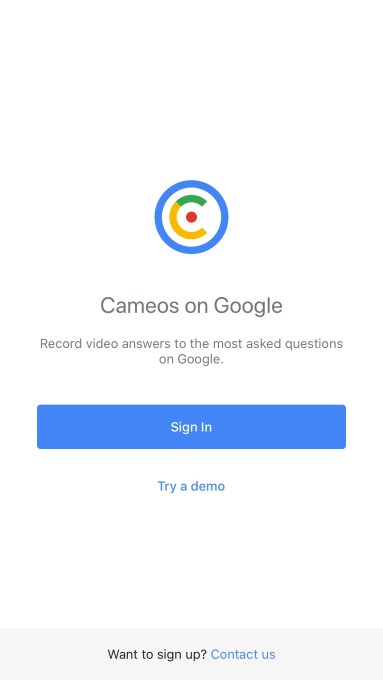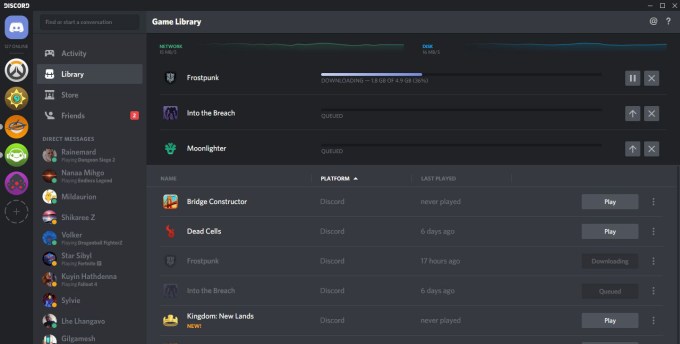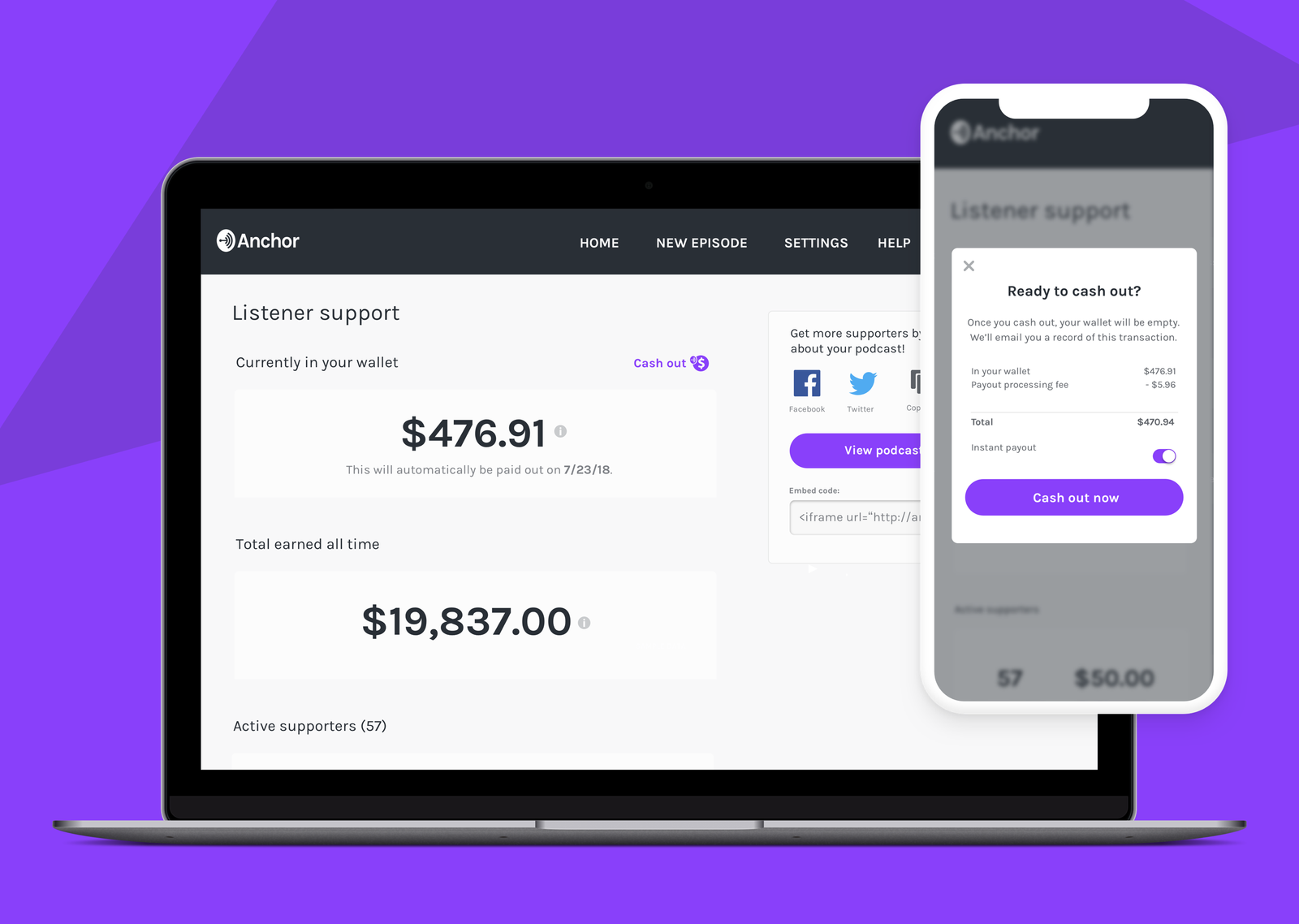Apple has commented on its decision to continue to allow conspiracy theorist profiteer InfoWars to livestream video podcasts via an app in its App Store, despite removing links to all but one of Alex Jones’ podcast content from its iTunes and podcast apps earlier this week.
At the time Apple said the podcasts had violated its community standards, emphasizing that it “does not tolerate hate speech”, and saying: “We believe in representing a wide range of views, so long as people are respectful to those with differing opinions.”
Yet the InfoWars app allows iOS users to livestream the same content Apple just pulled from iTunes.
In a statement given to BuzzFeed News Apple explains its decision not to pull InfoWars app’ — saying:
We strongly support all points of view being represented on the App Store, as long as the apps are respectful to users with differing opinions, and follow our clear guidelines, ensuring the App Store is a safe marketplace for all. We continue to monitor apps for violations of our guidelines and if we find content that violates our guidelines and is harmful to users we will remove those apps from the store as we have done previously.
Multiple tech platforms have moved to close to door or limit Jones’ reach on their platforms in recent weeks, including Google, which shuttered his YouTube channel, and Facebook, which removed a series of videos and banned Jones’ personal account for 30 days as well as issuing the InfoWars page with a warning strike. Spotify, Pinterest, LinkedIn, MailChimp and others have also taken action.
Although Twitter has not banned or otherwise censured Jones — despite InfoWars’ continued presence on its platform threatening CEO Jack Dorsey’s claimed push to want to improve conversational health on his platform. Snapchat is also merely monitoring Jones’ continued presence on its platform.
In an unsurprising twist, the additional exposure Jones/InfoWars has gained as a result of news coverage of the various platform bans appears to have given his apps some passing uplift…
So Apple’s decision to remove links to Jones’ podcasts yet allow the InfoWars app looks contradictory.
The company is certainly treading a fine line here. But there’s a technical distinction between a link to a podcast in a directory, where podcast makers can freely list their stuff (with the content hosted elsewhere), vs an app in Apple’s App Store which has gone through Apple’s review process and the content is being hosted by Apple.
When it removed Jones’ podcasts Apple was, in effect, just removing a pointer to the content, not the content itself. The podcasts also represented discrete content — meaning each episode which was being pointed to could be judged against Apple’s community standards. (And one podcast link was not removed, for example, though five were.)
Whereas Jones (mostly) uses the InfoWars app to livestream podcast shows. Meaning the content in the InfoWars app is more ephemeral — making it more difficult for Apple to cross-check against its community standards. The streamer has to be caught in the act, as it were.
Google has also not pulled the InfoWars app from its Play Store despite shuttering Jones’ YouTube channel, and a spokesperson told BuzzFeed: “We carefully review content on our platforms and products for violations of our terms and conditions, or our content policies. If an app or user violates these, we take action.”
That said, both the iOS and Android versions of the app also include ‘articles’ that can be saved by users, so some of the content appears to be less ephemeral.
The iOS listing further claims the app lets users “stay up to date with articles as they’re published from Infowars.com” — which at least suggests some of the content is ideal to what’s being spouting on Jones’ own website (where he’s only subject to his own T&Cs).
But in order to avoid failing foul of Apple and Google’s app store guidelines, Jones is likely carefully choosing which articles are funneled into the apps — to avoid breaching app store T&Cs against abuse and hateful conduct, and (most likely also) to hook more eyeballs with more soft-ball conspiracy nonsense before, once they’re pulled into his orbit, blasting people with his full bore BS shotgun on his own platform.
Sample articles depicted in screenshots in the App Store listing for the app include one claiming that George Soros is “literally behind Starbucks’ sensitivity training” and another, from the ‘science’ section, pushing some junk claims about vision correction — so all garbage but not at the same level of anti-truth toxicity that Jones has become notorious for for what he says on his shows; while the Play Store listing flags a different selection of sample articles with a slightly more international flavor — including several on European far right politics, in addition to U.S. focused political stories about Trump and some outrage about domestic ‘political correctness gone mad’. So the static sample content at least isn’t enough to violate any T&Cs.
Still, the livestream component of the apps presents an ongoing problem for Apple and Google — given both have stated that his content elsewhere violates their standards. And it’s not clear how sustainable it will be for them to continue to allow Jones a platform to livestream hate from inside the walls of their commercial app stores.
Beyond that, narrowly judging Jones — a purveyor of weaponized anti-truth (most egregiously his claim that the Sandy Hook Elementary School shooting was a hoax) — by the content he uploads directly to their servers also ignores the wider context (and toxic baggage) around him.
And while no tech companies want their brands to be perceived as toxic to conservative points of view, InfoWars does not represent conservative politics. Jones peddles far right conspiracy theories, whips up hate and spreads junk science in order to generate fear and make money selling supplements. It’s cynical manipulation not conservatism.
Both should revisit their decision. Hateful anti-truth merely damages the marketplace of ideas they claim to want to champion, and chills free speech through violent bullying of minorities and the people it makes into targets and thus victimizes.
Earlier this week 9to5Mac reported that CNN’s Dylan Byers has said the decision to remove links to InfoWars’ podcasts had been made at the top of Apple after a meeting between CEO Tim Cook and SVP Eddy Cue. Byers’ reported it was also the execs’ decision not to remove the InfoWars app.
We’ve reached out to Apple to ask whether it will be monitoring InfoWars’ livestreams directly for any violations of its community standards and will update this story with any response.






